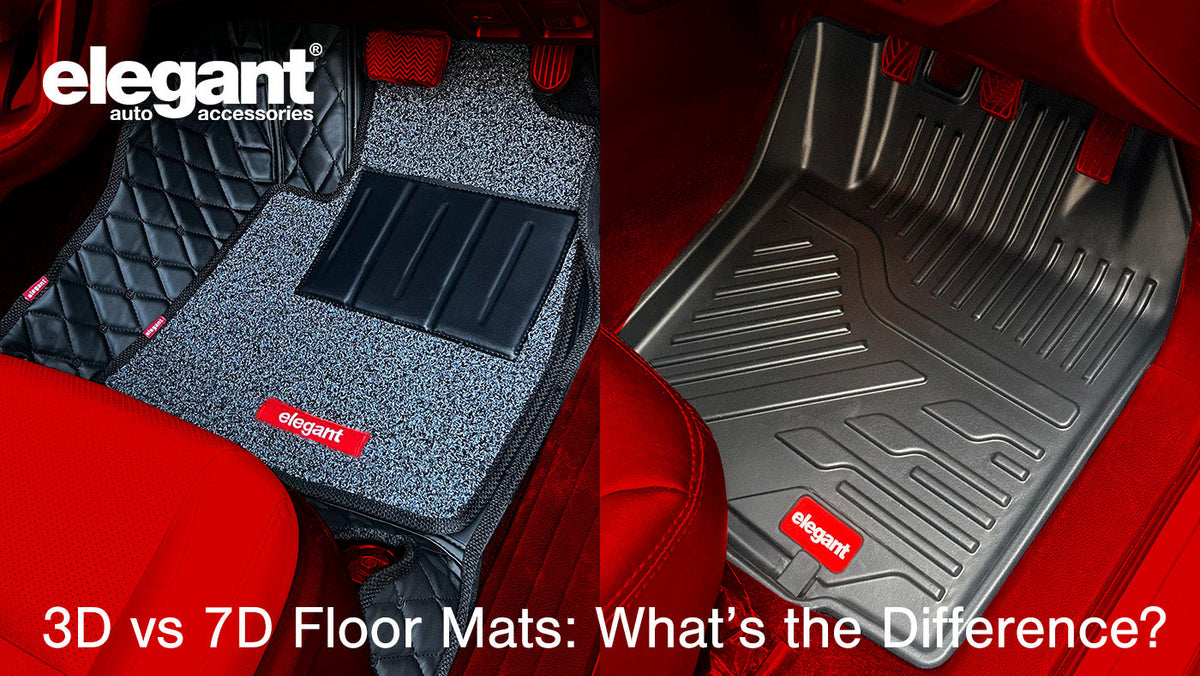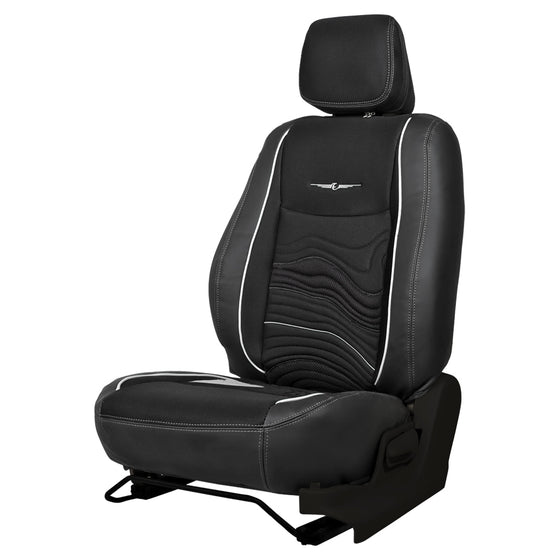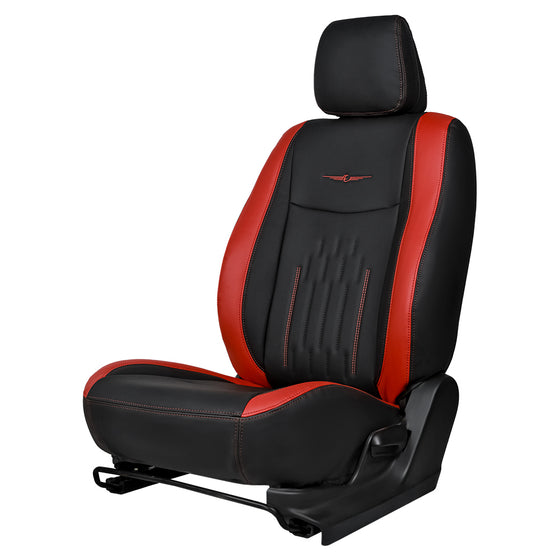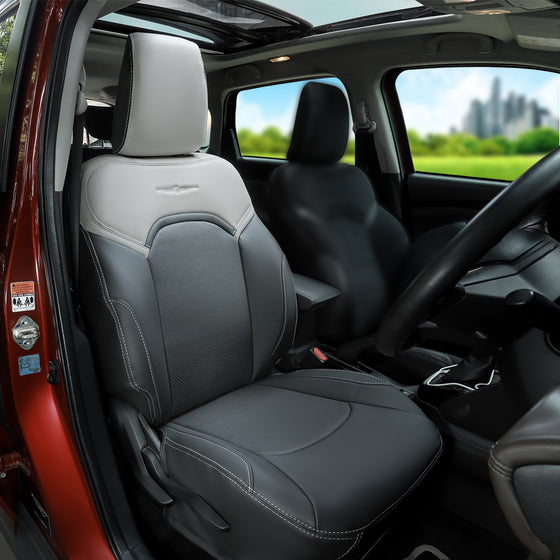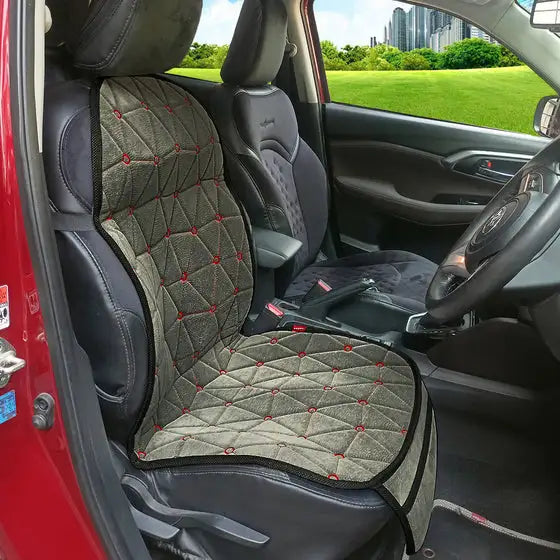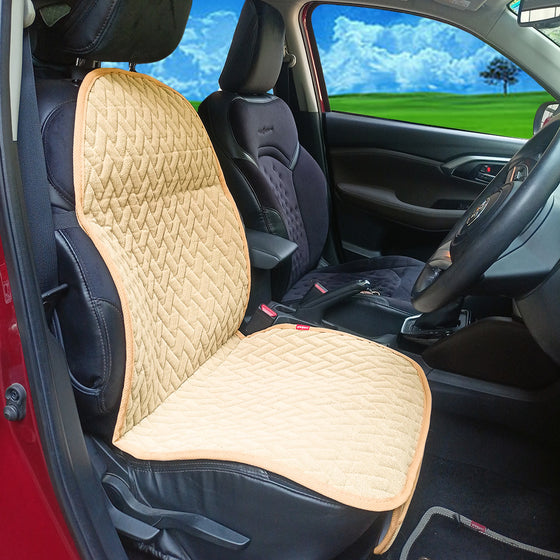Tips For Maintaining A New Car
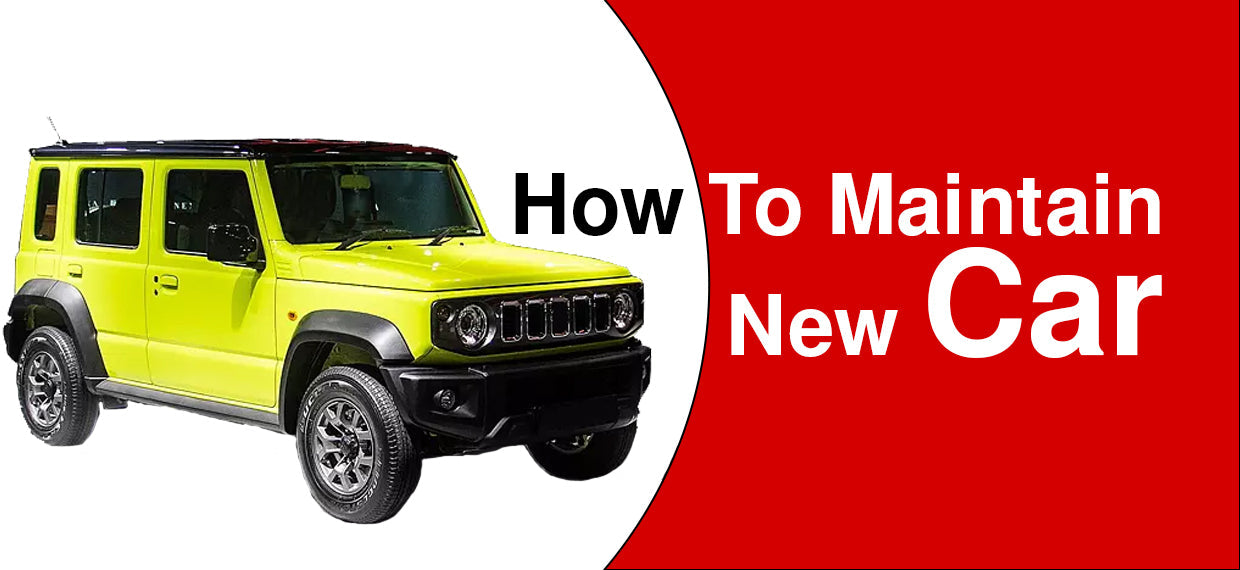
Last weekend a friend of mine borrowed my seven years old car for an impromptu road trip. As a car enthusiast he had an incredible trip. He had purchased a new car few months before. But due to poor car maintenance spirit, he disowned his lovely car for the trip. Furthermore, he did not handover my car keys for a week and drove it along the city. When we met he rather defamed his own car model/brand. It was the ripe moment for me to intervene with my knowledge of care tips for new car.
The above narrative is imaginary. But the essence is so true. The life of a car relies on its maintenance. New cars require watchfulness to check them from turning into a moving scrap. Be a physician of your newly bought car. Follow the below mentioned maintenance advises.
Respect the Basics
- Always educate yourself first with what the car manufacturers have to say about their innovation. Read the manual. Every car has different prescriptions. Understand your car well.

- Driving is also about communicating with your car by responding to warning lights on dashboard. Avoid any wrong interpretation of warning lights. Better learn them for a suitable response.

Break-In a new Car - What and How?
Break-in is manufacturers recommended time period during which certain precautionary measures, driving methods, and maintenance obligations are to be fulfilled. This will enable proper synchronization among assembled parts thereby delivering performance and adding to car’s lifespan. This could be achieved by:
- Consider the first oil change in the range of 50 to 100 miles (80 to 160 kms) for a newly bought car. Afterwards, this oil can be replaced once the recommended break-in period mileage is achieved.

- Restrict the revs below 3,000 rpm. Why? Revving the engine beyond a limit impedes interlocking of piston rings with cylinder bores firmly. Piston rings are essential to check oil leakage. Thus too much revving can upset the entire activity.
- Keeping the speed under the recommended run-in period speed limits. This might not sound tempting. But running between 30 mph to 50 mph (50 to 80 kmph) can be a booster to the car’s life.
Focus the Base - Tires and Wheels
- Not only the under-inflated tires possess a threat of mishap but they keep an evil eye on your pocket. The fuel consumption intensifies with under-inflated tires.Also suitably inflated tires lessen wear and tear and contribute to their longer life. Make it a habit to regularly check air pressure at fuel stations. Even over-inflated tires can be problematic. You can refer the car manual for related doubts.

- Look for tire treads. Tire treads are the grooves visible on a tire. They run from the top of rubber tire to a depth of a few millimeters. Make sure the grooves are intact as they enable a better grip on road. Acceleration and braking becomes smooth with fine tire treads.

- Keep the tires under vigil for any crack or piercing by nail, glass etc… Long trips burden the tires more and deflation could be a spoiler. Therefore, walk out for inspection of tires often.
- Half the problem is solved if car’s manual is read and followed obediently. Look there for the appropriate period when tire rotation should be performed and their alignment checked. It gives fuel economy and extra lives to tires.

- Avoid using incompatible tires. The incompatible tire causes the wearing out of other tires at a worrying speed. Incompatible tires also make car handling uncomfortable.
- If you rely too much on spare tire, regularly check its air pressure. Else, some day when in need it might dump you.

Care like a heart - The Engine Care
You take care of car’s engine and it will reciprocate your love with finest performance on road. A little negligence and the damage to engine will put you under financial stress.
- The engine oil is the blood of your car pumped by the heart-engine. The oil lubricates the region and helps to moderate friction. Less friction in return promises decreased mechanical deterioration. Peep into the car manual for better learning of replacement of engine oil. Else, take a look at the dipstick, a dirty one indicates change of engine oil.

- Don’t let the engine overheat. The coolant warning signal is an indication of overheated engine. Prevent it. But how? Pour in coolant in the engine coolant reservoir. Coolant normalizes engine temperature. Also check for coolant leakage.

- A timing belt synchronizes the valve and piston movement. Keep an eye on it. It can harm the engine.

- The air filter acts as ventilation for engine. It prevents dust and particles collecting in engine. Make sure the air filter itself is not choked. Refer to car manual for how often the air filter be replaced.

- Spark Plugs burn the fuel and air mixture thus producing the power needed by car. Their malfunction makes engine powerless and sub-optimal. A cold start problem might denote change of spark plug and the related wires.

- A fuel filter is a strainer that blocks all contaminants coming from the processing of fuel by the engine. A fuel filter will clog itself after a while. So, keep an eye on it.

Stop it now!!- Brake time
There doesn’t seem to be a need to elaborate on the importance of a sound braking system. The need, however, is to understand what keeps the brakes all year friendly.
- Brake pads and rotors are in direct contact with tires to initiate the process of halting. The friction generated of this level can destroy the pads and rotors. If brakes take more than the usual time to stop the car or there is a burning smell on its application, check the pads and rotors.

- The brake fluid acts as a medium to let pressure flow from brake pedals to the brake pads and rotors. This liquid flow makes the equipment vulnerable to corrosion. The gathering of moisture too can deplete brake performance. Check if you need to flush out the fluid.

The Electrical Arrangement
- Not driving your car regularly can be a disservice to the battery. Even keeping the car stationary for weeks can discharge your car battery. If you don’t drive that often, then start it and leave the engine running for 20-30 minutes. This will recharge the battery.
- Don’t leave accessories-headlights, music system- running on battery power on for long period. This will draw out all energy from the battery. Also avoid leaving the car in ignition to save unnecessary battery drainage.

- Check out dust and moisture on the battery. It can lead to acid leak or corrosion on the battery terminals. Clean the battery
- Park your car inside garage in winters. Battery drainage multiplies during winters.
- Car batteries should ideally be replaced in three to four years. However, their life depends on weather, charge capacity and driving tendency.
The Car’s lighting system
Taking care of the car’s in-built light system is more important than fitting it with super bright lights.
- Headlights are vulnerable to dirt. Dirt on them is tough to notice. This could be a source of low illumination. Keep the headlights clean for proper illumination

- Check your car for brightness. Park it in front of an obstacle and observe both the lights. Also see if they are properly aligned. Any misalignment can be mended by mechanic.
Oils and fluids in Car
- Radiator fluid keeps the engine at optimal temperature. Check radiator fluid level on the front side of the engine.

- Transmission fluid looks after the lubrication and reduces friction. It can be checked by putting a dipstick in the transmission fluid tank. If the fluid has particles or has a burnt smell, then look for a replacement.

- Power steering fluid is the easiest fluid to examine. There is a transparent container carrying the fluid in the engine. Check for it as decayed or low steering fluid turns the steering wheel hard.
- Windshield- washer fluid in the engine reservoir is a labeled one. It is transparent and essential to keep the windshield clean.

The most attended portion - Interior
Since one spends maximum time in there, one is likely to spend ample time and money in its upkeep. However it is more of decorative in nature. Interior is also about not keeping it filthy.
- AC doesn’t run regularly in many cars. It will lose its performance then. Try to run it at least ten minutes every week. Run it at maximum setting with full fan speed. Follow the same with defroster.
- Make sure to regularly clean the seats, as dirt may accumulate forever there.
- One can apply protective cream or polish over dashboard or other suitable interiors. Polish makes them lively and adds to their lives.

- Especially for fabric seat covers or mats stains could be a nightmare. The best is to remove the stains as promptly as possible.
- Don’t litter your car. Fix a trash bin in the car.
The facade, the exterior
A well maintained exterior puts an admirable impression on road. Cleaning the car is one such care and not the only care required.
- Cleaning the car is essential. But cleaning material is equally a noteworthy issue. Buy a car cleaning solution rather than detergent. Detergents might not be the first choice, if you ask your car.
- Waxing brings back the lost aura of the car. Moreover, it protects the car from the harmful UV rays.

- Keep your car under shed or under a cover. Apart from sun-rays, there are several other natural - phenomenon-rain, snow, bird dropping etc...-that could steal your car’s sheen.

Protecting the protector - the Windshield
Windshield, what work does it do apart from shielding from sharp wind? Surprisingly, it soaks up collision force, grasps the roof tight in case of a rollover of car and enables the airbags to deploy.
- Door slamming undermines the strength of windshield over a long period. Try to get rid of this habit.
- Over a long period, Sunlight can weaken the windshield and its tint. The fluctuating temperatures can are not friendly to any tiny crack on windshield. They might magnify the problem rather.

- Wiper blades should be changed in the time period of three to four months subject to the driving conditions- sandy region, snowy areas. Keep them clean regularly.

- Ammonia glass cleaner could be a workable item for home windows. But not a good idea for car windows. One can use alcohol, vinegar or specialized window cleaner for this purpose.
What benefit does car maintenance bring?
- The first and foremost is it adds a layer to your car’s life.
- Your car doesn’t just remain a running car, but a performing car with more reliability.
- Car’s resale value is obviously increased with the level of investment in maintenance.
- When the car is up to date, the repair cost is saved or lowered.
- A well maintained car is obedient to emission norms. A responsible citizen should complement government efforts in carbon emission reduction.
Final Words
Keep the car maintenance a simple practice. Do the basics and read the car manual for more clarification. Drive your car keeping in mind the limitations it has. Try not to ill treat it with irresponsible driving. Don’t ignore the signs of a check-up it requires. Your car will surely live longer with a quality life.
Leave A Reply
Your email address will not be published. Required fields are marked *
Products list

Yolo Fabric Car Seat Cover For Tata Curvv
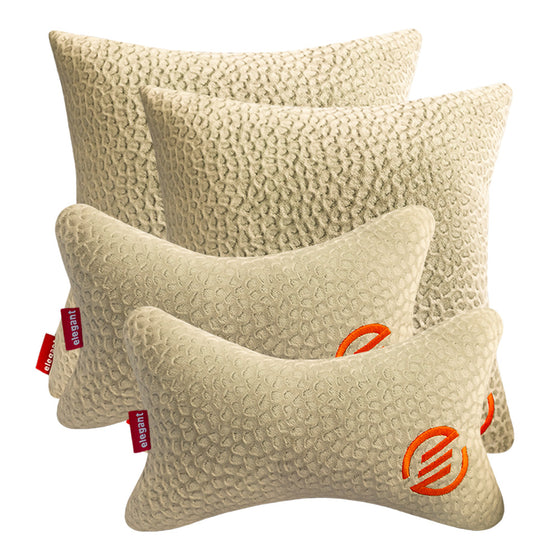
Elegant Comfy Velvet Cushion & Neck Rest Car Pillow CU12



